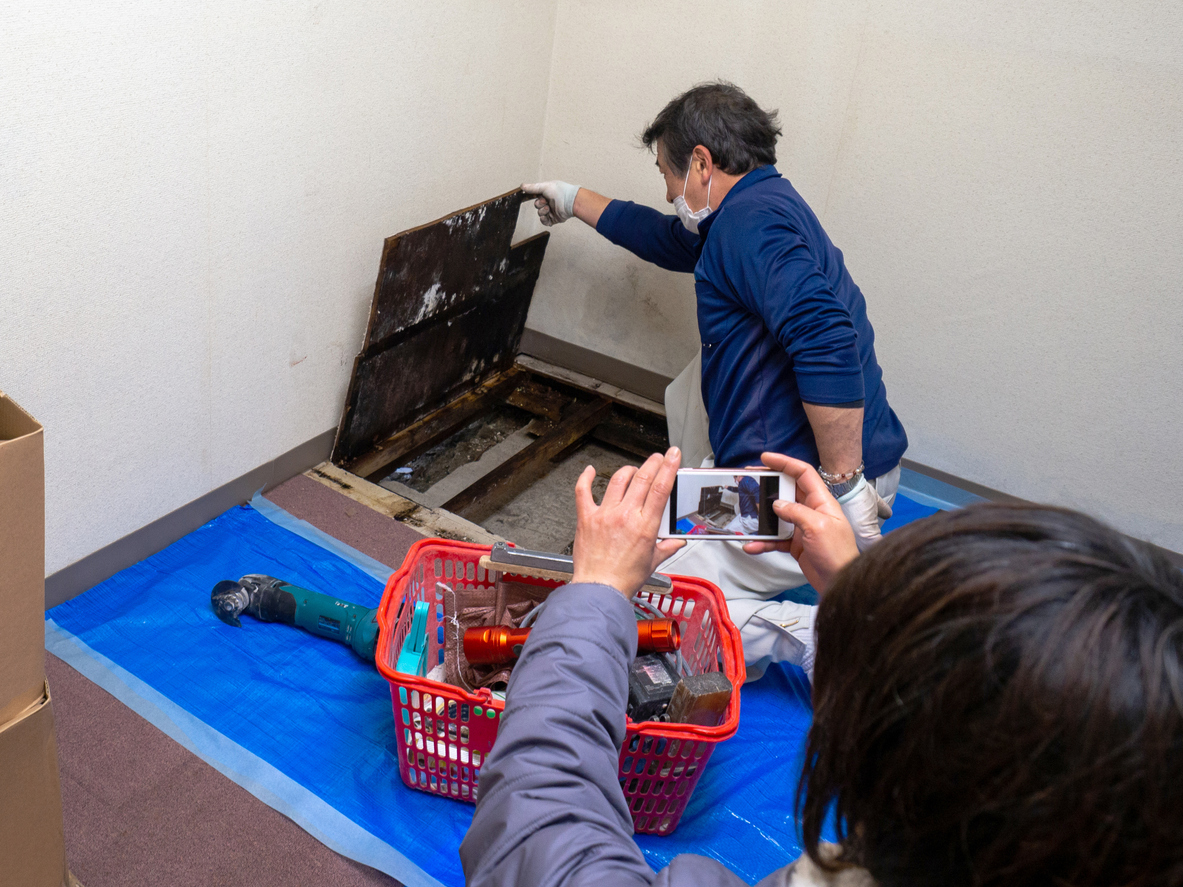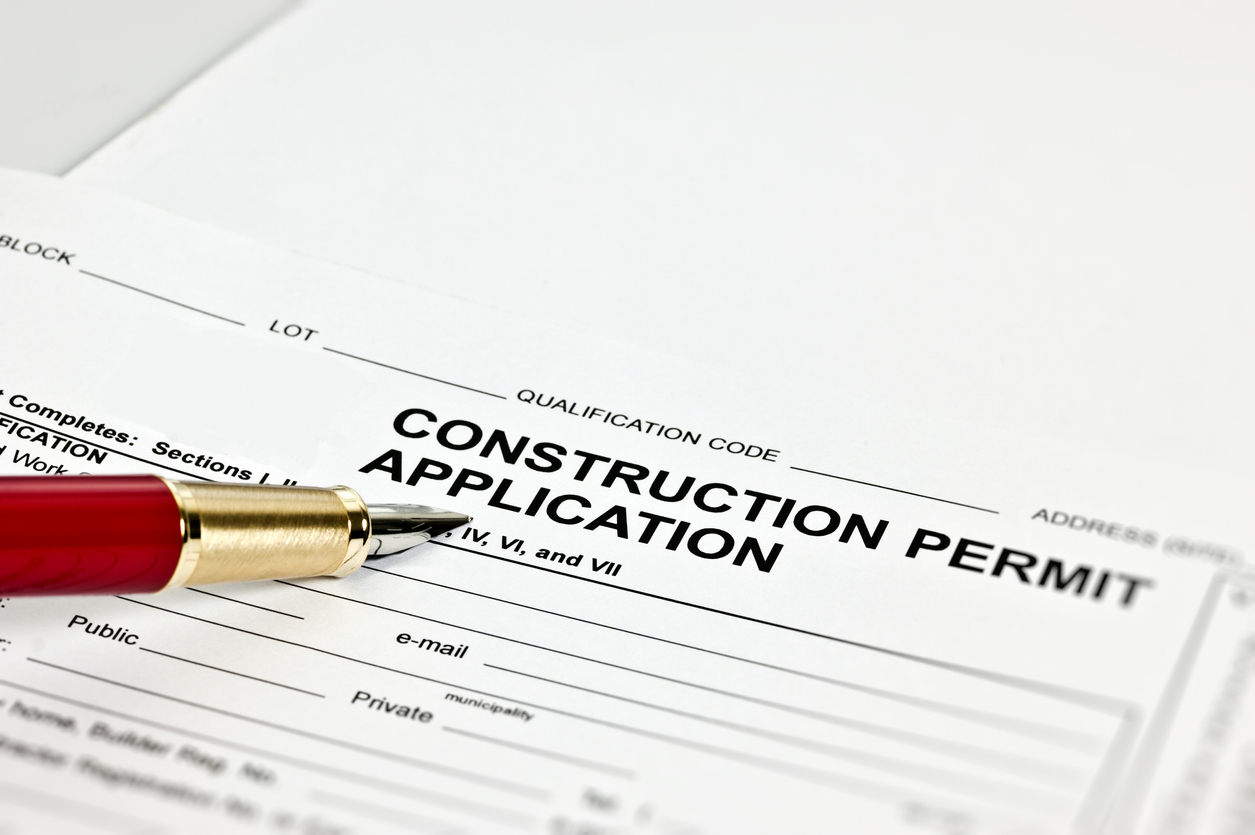

We may earn revenue from the products available on this page and participate in affiliate programs. Learn More ›
Renovation projects can be a lot of fun. They allow folks the ability to get creative, work with their hands, or bring an idea to life. They can also increase the value of the home, improve its functionality, and solve problems homeowners were living with for years. But, renovations have their pitfalls, and delays can happen.
Whether the homeowner is going full-DIY or hiring pros to handle the job, there are common (but somewhat unknown) hurdles to maneuver. It’s helpful to know about the following home renovation delays before picking up that hammer and pry bar.
1. Lack of Flexibility

Even if a homeowner decides to hire a pro to handle a job, they need to be available to that pro to ensure the project goes smoothly. Not being able to meet the contractor in a reasonable time frame for estimates and consultations, not answering questions in the middle of the day, or not being flexible with weekend scheduling can derail the timeframe.
When I was a pro, I would work around the availability of prospective clients as much as possible. But rescheduling multiple times for a relatively small renovation does cost the pro time and money, and they could walk away for another project.
RELATED: What’s the Difference: Renovation vs. Remodel?
2. Hidden Surprises

Surprises hidden behind walls, ceilings, floors, and even underground can completely wreck a timeframe. While water damage and mold are common culprits, shoddy wiring, leaking plumbing fixtures, or asbestos can turn a relatively quick renovation into a long, drawn-out process.
Here’s a hidden surprise from when I was renovating a bedroom in my own home. After I tore down the drywall, I found extensive carpenter ant damage. The framing was compromised and there wasn’t much left to screw new drywall into. I had to remove more wallboard than I expected, remove the damaged wood, and reframe the wall before I could move on to the rest of the project. That delay cost me a few extra days, extending what should’ve been a weekend renovation.
RELATED: The Most Popular Home Renovation Projects in America—And How Much They Cost
3. A Foggy Scope

The term “scope of work” describes all of the project details like the types of materials, designs, and the actual labor of removing the existing materials and installing new ones. Without a clear scope of work, or an understanding of what needs to be done, homeowners and DIYers can expect quite a few delays as they bump along through the project. Any changes they make in the process further exacerbate the delay.
Anyone who’s ever exchanged home improvement knowledge and ability for money knows this issue all too well. Color changes, material changes, “can we move this window over a few inches?” changes, and other change orders will take that deadline and turn it on its head. Some contractors don’t mind too much though, because these types of delays usually mean more money for them.
RELATED: 10 Tips for Surviving a Renovation Mess
4. Amateur Scheduling

A general contractor is the person or company who signs the original contract with the homeowner. Part of their job is expert scheduling, making sure that all of the sub-trades, contractors, and inspections are all done on time and in the proper order. This is one of the greatest skills a good GC has to offer, and it helps projects stay on track.
Homeowners and DIYers can GC their own projects, and many times it makes sense. However, they do need to realize that there will likely be a few scheduling bumps in the road. For example, installing the flooring before the plumber can rough in connections for fixtures or hydronic heating will likely mean damage to the floor, which the flooring contractor will have to come back to fix. Or, installing drywall before the electrical inspection could mean pulling the drywall down and starting over.
RELATED: The Most Popular Home Renovation Projects in America—And How Much They Cost
5. Material Availability

This one is obvious, but homeowners might not realize how easy it can be to avoid. Material availability has been seriously volatile over the past few years, causing projects to delay while the contractor awaits the chosen material’s arrival. There are ways to avoid the issue.
Even before material shortages, I would ask my customers to choose at least one backup material or style for certain materials in their renovations. When it comes to specialty materials like countertops, flooring, cabinets, tile, and other finishes, homeowners can take a few extra minutes to choose their first, second, and third favorite choices. With back-ups in mind, DIYers and homeowners can decide if waiting for the material is worth it, or if moving to a second favorite choice to preserve the timeline is a better option.
RELATED: Solved! Who Do You Hire to Remodel a House? 4 Pros to Consider
6. The Permit and Inspection Process

DIYers embarking on their first large renovation might be surprised to find out how long the permit and inspection process takes. In some towns, the permit process is simple, with hand-drawn plans and a detailed scope of work being all that’s required. In other areas (and depending on the project), the permit might require engineered plans with certified stamps. Getting these plans can take time, so it’s best to get the plans completed way ahead of schedule.
Also, throughout the project, the building department will want to inspect the project at certain phases. For example, the inspector will want to see the framing to ensure that the structure is built to code. Also, electrical and plumbing inspections occur after rough-in, and then again after installation. Since inspectors don’t just drop everything when the DIYer calls, they will need to make an appointment and it could be several days before an inspector can show up.
RELATED: 6 of the Best Home Renovation Contractors in America, Vetted
7. Payment Problems

Here’s a challenge that is usually only an issue for homeowners who hire a shady general contractor, but it can be a significant delay-causer. When the homeowner pays the general contractor, the GC then has to pay the subcontractors they hire for the project. This can include plumbers, electricians, drywallers, painters, flooring pros, and many more. If those pros don’t get paid, they have the right to file a lien against the home, which will bring most of the work to a halt.
With smaller projects, a lien usually won’t delay the project much (but I’ve still seen them make an impact). When it comes to a whole-home renovation, a large addition, or similar projects, a lien against the property can affect financing, the home’s liquidity, and more.
